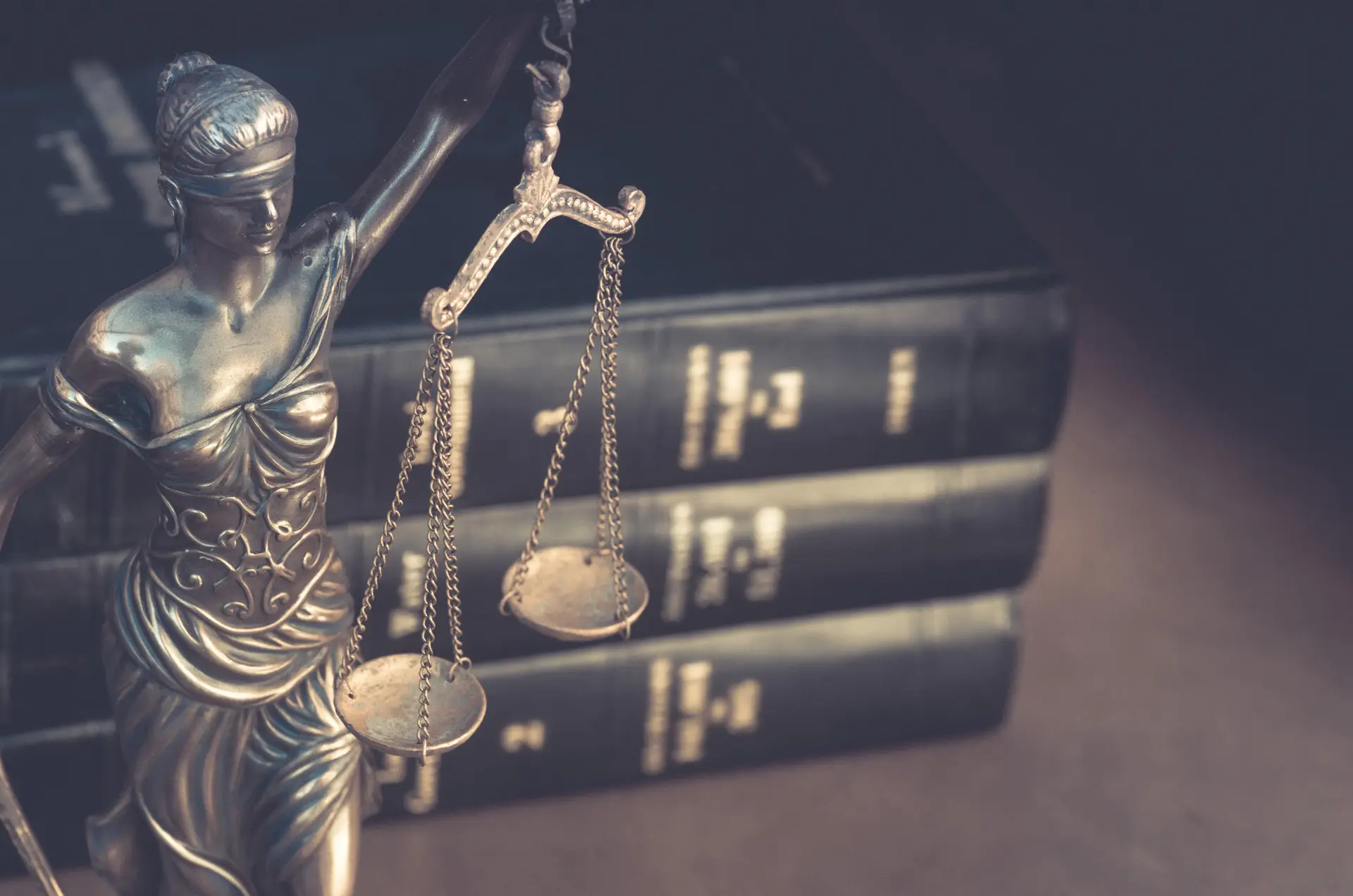
In the United States, surveillance laws related to video recording and audio interception are shaped by a combination of federal statutes and state-specific rules. These laws govern how, when, and where individuals or organizations can legally record others, and under what circumstances consent is required.
Let’s explore the major legal pillars that regulate surveillance activities today.
This foundational law regulates the interception of oral, wire, and electronic communications. Under the Wiretap Act:
Key takeaway: If your camera captures audio, you may be subject to federal wiretap laws—even in your own home.
The ECPA extended wiretap protections to new forms of digital communication, including:
It also includes the Stored Communications Act, which governs access to stored electronic communications, and the Pen Register Act, which controls the use of devices that record phone metadata.
Implication for businesses: If you're storing surveillance video or accessing recorded communications, you may be subject to ECPA regulations.
Passed after the 9/11 attacks, the PATRIOT Act expanded the federal government’s surveillance powers significantly:
While primarily focused on counterterrorism, some of these surveillance authorities have trickled into broader law enforcement usage.
This law made it a federal crime to record individuals in situations where they have a reasonable expectation of privacy—such as:
Important clarification: Consent is not implied in private spaces, and violations can lead to criminal penalties.
Perhaps the most confusing element of U.S. surveillance law is how it changes from state to state.
Recording without consent in a two-party state can result in civil lawsuits or criminal charges.
Most states allow for CCTV cameras in public areas, as long as there is no reasonable expectation of privacy. Common places include:
However, surveillance in semi-public areas like restaurants, gyms, or office lobbies may fall into legal gray zones depending on the signage, consent, and location.
U.S. employers can generally use cameras for legitimate business purposes—such as safety or theft prevention. But there are limits:
Schools must balance security with student privacy:
Police surveillance—including body cams, license plate readers, and facial recognition—is subject to growing legal oversight:
If your organization uses surveillance tools—whether for security, research, or operational purposes—compliance starts with clarity. Here are proactive steps to ensure you're on the right side of the law:
Surveillance tools are increasingly common—but so are the legal risks.
The line between safety and overreach is thin, and getting it wrong can expose your organization to regulatory penalties, lawsuits, and brand damage. As surveillance technology continues to evolve—from AI video analytics to real-time monitoring—the need for clear, lawful, and ethical implementation has never been greater.
Being proactive about privacy and consent isn’t just a legal safeguard—it’s how organizations build trust in a surveillance-saturated world.